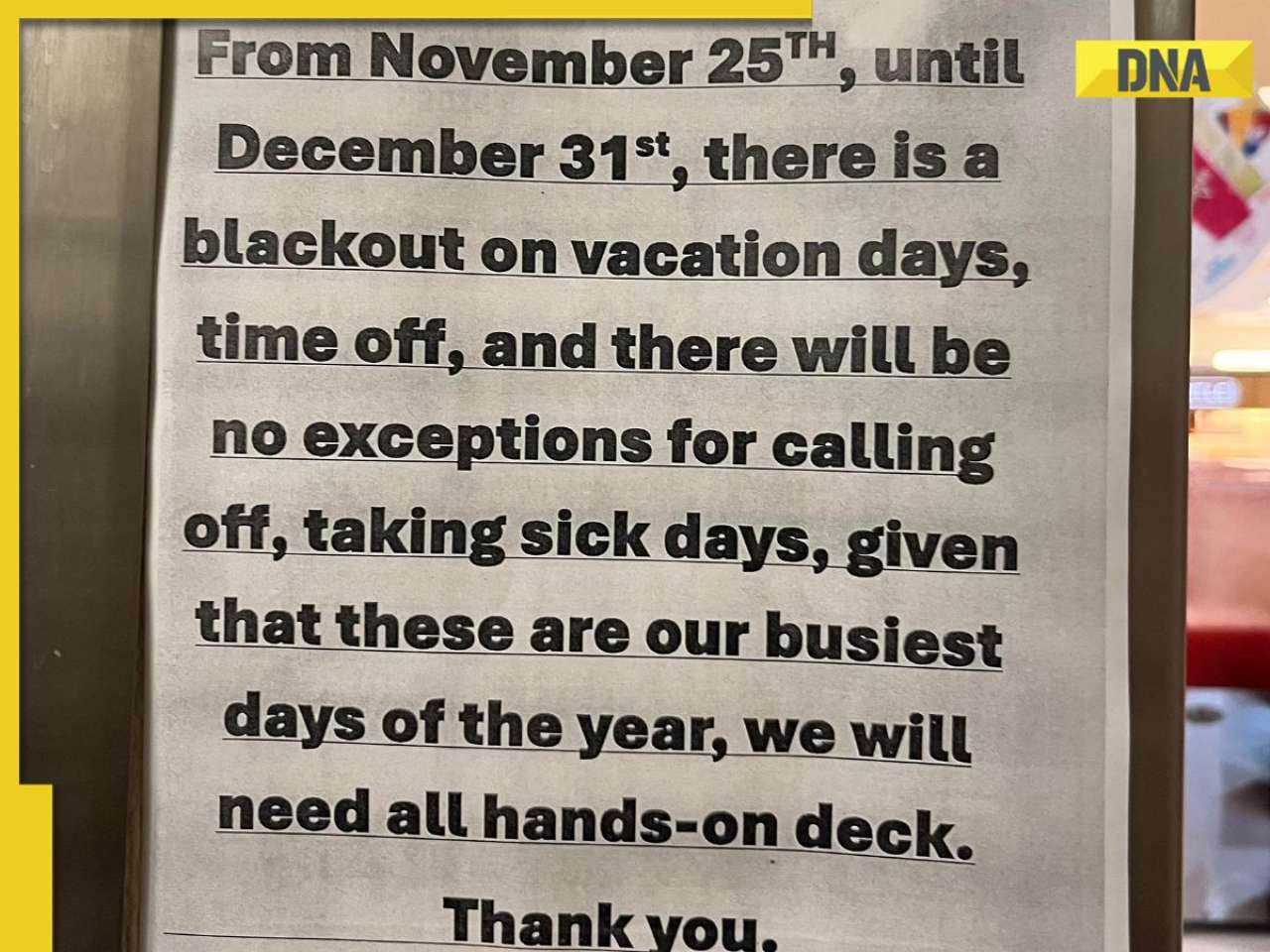- LATEST
- WEBSTORY
- TRENDING
WORLD
A village of killer wives in Hungary
Old women in ‘otthonkas’ — the flowery all-in-one uniform of elderly women — water their plants, farmers tend crops and time passes in a pastoral haze.
TRENDING NOW
BUDAPEST: The sleepy Hungarian village of Nagyrev near here does not at first glance seem to be the kind of place where wives could have poisoned husbands. Old women in ‘otthonkas’ — the flowery all-in-one uniform of elderly women across Hungary — water their plants, farmers tend their crops and time passes in a languorous, pastoral haze.
But these elderly villagers nurse dark memories of the time when the women of the village embarked on a killing spree that saw scores of abusive husbands poisoned to death under the supervision of the local midwife.
The secret is now out, however, as the saga has been immortalised in a documentary by rookie Dutch filmmaker Astrid Bussink.
“I first came across the story in an encyclopaedia of serial killers as I was researching a movie about female killers,” Bussink, aged 30, said. “The story haunted me, and when I found out nobody had ever filmed the tale I decided to take up the challenge.”
The resulting documentary, The Angel Makers, will premier at the November 24 to December 4 Amsterdam International Documentary Film Festival, where it has been nominated in the Best Debut Film category.
Bussink, who is finishing a Masters in Film and TV at the Edinburgh College of Art, spent four months in Hungary earlier this year slowly overcoming the villagers’ reticence to speak about the murky chapter in their history.
“It’s a village of 800 people and they were not keen to talk to us at first; we convinced them we wouldn’t be sensationalist,” she says. The problem is the story is so bizarre that it is hard not to sensationalise.
Conflicting accounts about the exact number of deaths abound, but what is clear is that the men of the village began to die in mysterious circumstances after they returned from World War I.
Police discovered arsenic in exhumed bodies, and finally realised that the local midwife, Zsuzsanna Fazekas, had been creating a lethal concoction by diluting fly paper in water and passing it out to local women to bump off their men.
Bussink interviewed 83-year-old Maria Gunya — whose father was the coroner in the village and a key witness in the trials that followed — and found her memories still vivid.
“Gunya said that a man came to her father with extreme vomiting,” Bussink said. “Her father thought he was drunk, but the man said that he felt ill after eating the breakfast his wife cooked him. He died the next day.”
Death by arsenic poisoning is not a pleasant experience. If taken in sufficient doses, symptoms can manifest 30 minutes after ingestion. Vomiting, diarrhoea, stomach cramps and excessive sweating follow before the sufferer undergoes seizures and goes into shock.
If death doesn’t occur at this point, the kidneys will fail after a few days. Despite knowing well the gruesome fate that awaited her, Fazekas killed herself with her own poison when she realised police were on to her.
Up to 140 men were believed to have been murdered in Nagyrev, and 26 women from the village stood trial in 1929.
Death sentences were handed down to eight of them and the rest went to prison, but none of the women ever revealed why they did what they did.








)
)
)
)
)
)
)
)
)
)
)
)
)
)
)




























































